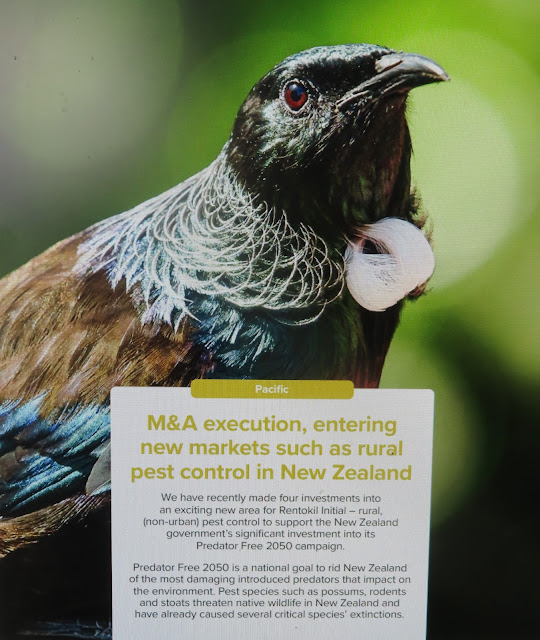 |
| Artist's impression of one of the swift-friendly houses proposed for Wykham Park, Banbury |
PLAUDITS to Britain's largest housebuilder Persimmon plc which seems to be warming to wildlife more by the day.
It has begun installing swift-nesting bricks houses in some of its developments where swifts are known to fly in the skies above.
The most notable of these is Wykham Park in Banbury, Oxfordshire, where no fewer than 225 swiftbricks are to be installed in 237 houses.
Says the company's latest annual report: These will provide precious homes for an endangered summer-visiting bird."
It continues: "A further 36 nesting features are provided for other important bird and bat species welcoming them into the development.
"In addition, hedgehog pathways have been sensitively designed into our scheme, ensuring they are able to roam freely between gardens and out into the wider countryside.
"Our show home features these important assets, highlighting their value and creating an opportunity to engage every visitor with iconic creatures.
"At Banbury , these valuable biodiversity features and wildlife communities will be supported with feeding opportunities and movement corridors through provision of swales, meadow planting, tree planting, scrub and retained native hedgerows throughout the development."
At today's Persimmon annual meeting in York, a shareholder commended the company for its initiative and asked if this might be a forerunner of similar ventures at forthcoming developments elsewhere.
Back came the reply: "Our aim is for all our sites to contribute towards nature conservation.
"This may be through measures such as swiftbricks or hedgehog highways and will be supported by nature-friendly planting schemes as part of our biodiversity strategy."
Quizzed whether the company had partnerships with the RSPB or county wildlife trusts, the response was that the company worked with "a wide range of conservation and nature organisations across the UK"
It says its link-up with the Bee Friendly Trust in Suffolk had won a bee-friendly award.
The Wryneck says: "This is very encouraging. In the past, large housebuilders have sometimes been cast as villains for swallowing up vast acreages of land previously used for growing cereal crops. But with intensive use of chemical poisons, much of these sites have long since lost most of their wildlife. Houses with well-planted gardens and nest-sites can soon become nature reserves in miniature. Persimmon have shown they are willing to do their bit. Now it is up to wildlife conservation organisations such as the RSPB to reach out with creative ideas and a willingness to work in tandem.

























